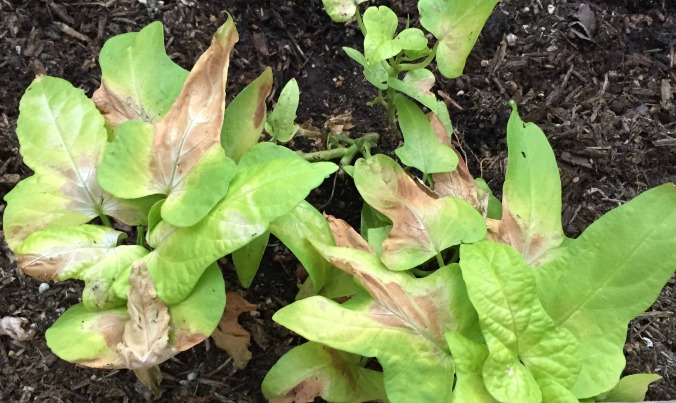
Sunburn on sweet potato vine.
Almost everyone has gotten a sunburn sometime during their life. Did you know that plants can get a sunburn too? In USDA zone 9, we have really hot summers. When temperatures rise to over 100 degrees Fahrenheit (37.7 Celsius) and soils dry out, plant roots can dry out too. When this happens, plants can show symptoms of sunburn such as yellowing or browning leaves and even leaf drop.
Drought
California has been in a state of drought since 2013. Although outdoor watering restrictions have been lessened, it’s important to note that the drought is not by any means over. I don’t advise planting during summer, since it will take more water to keep new plantings alive.
Best Time to Plant
The best times to plant in the landscape are spring and fall, when the weather is cool. During these seasons there is also a chance of rainfall which can help keep soil moist.
Planting in Summer Can Cause Sunburn
However, for various reasons, gardeners or companies may need to plant during hot weather. If you decide to plant, you’ll need a way to keep the soil and especially the root ball of the newly planted plants moist. A “root ball” is the area of soil that contains the plant’s roots. On a newly purchased plant, this area is fairly small.
When you plant, be careful not to put soil from the landscape on top of the root ball. This can act as a lid and prevent water from reaching the root ball. To keep the root ball and surrounding soil moist, you’ll need an automatic drip or sprinkler system. Depending on the size and age of the plant, it can take several weeks to months to even a year (for a tree) to establish a healthy root system.
A Word about Trees
Planting or moving large trees during summer is risky, I’ve seen many tree plantings installed this time of year that have had high failure rates. If you want to plant a new tree in your landscape, I highly recommend you wait until fall.
For helpful ideas on how to save water in your garden, visit Watering Tips. To learn more about how to correctly plant trees and shrubs, visit Landscape Gardening.
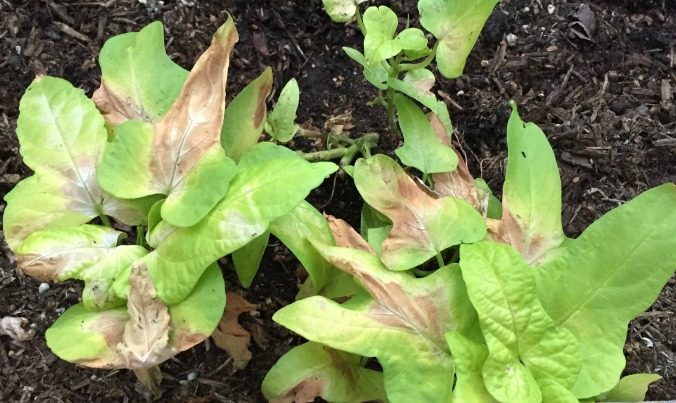
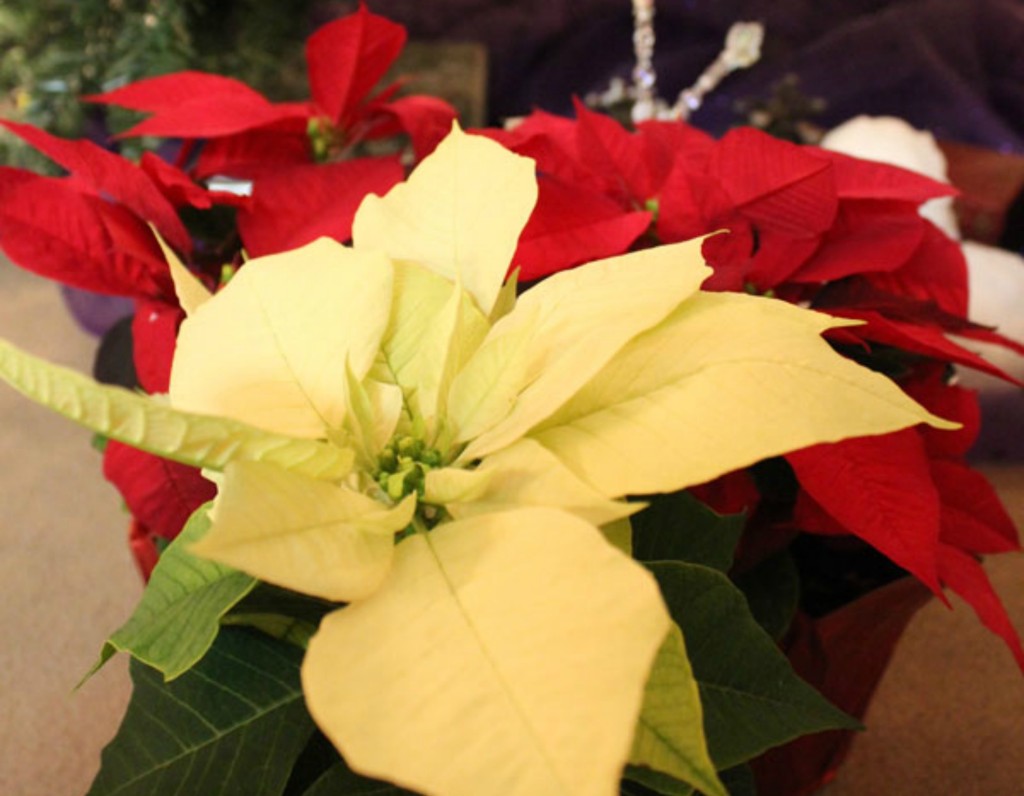
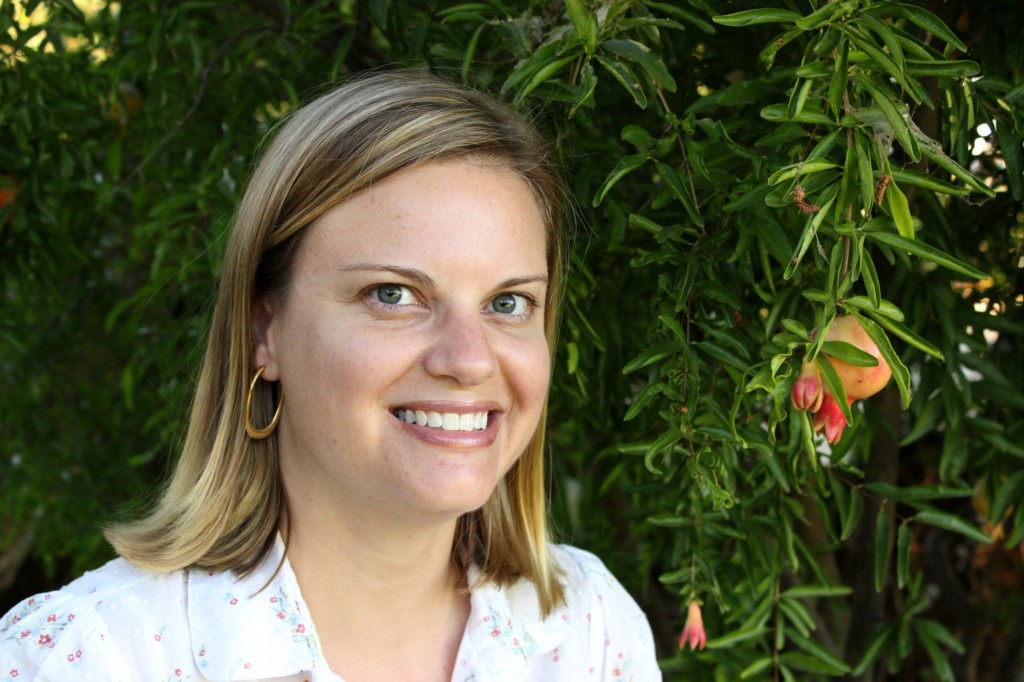
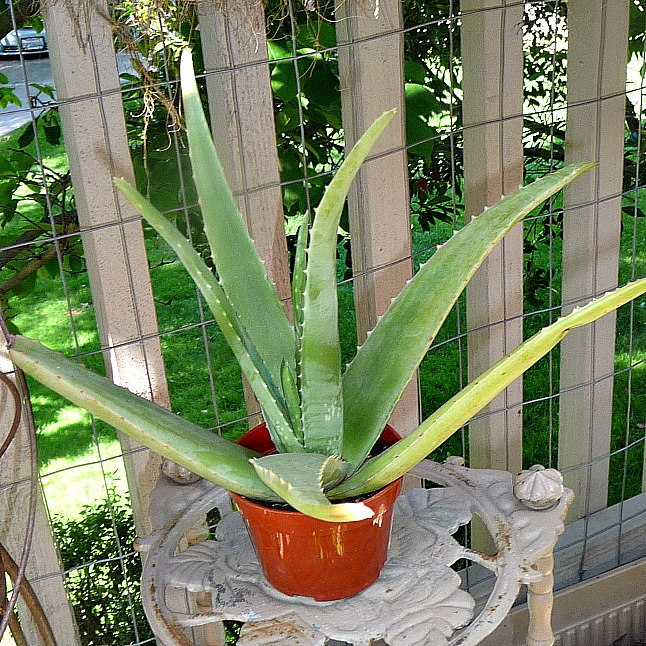

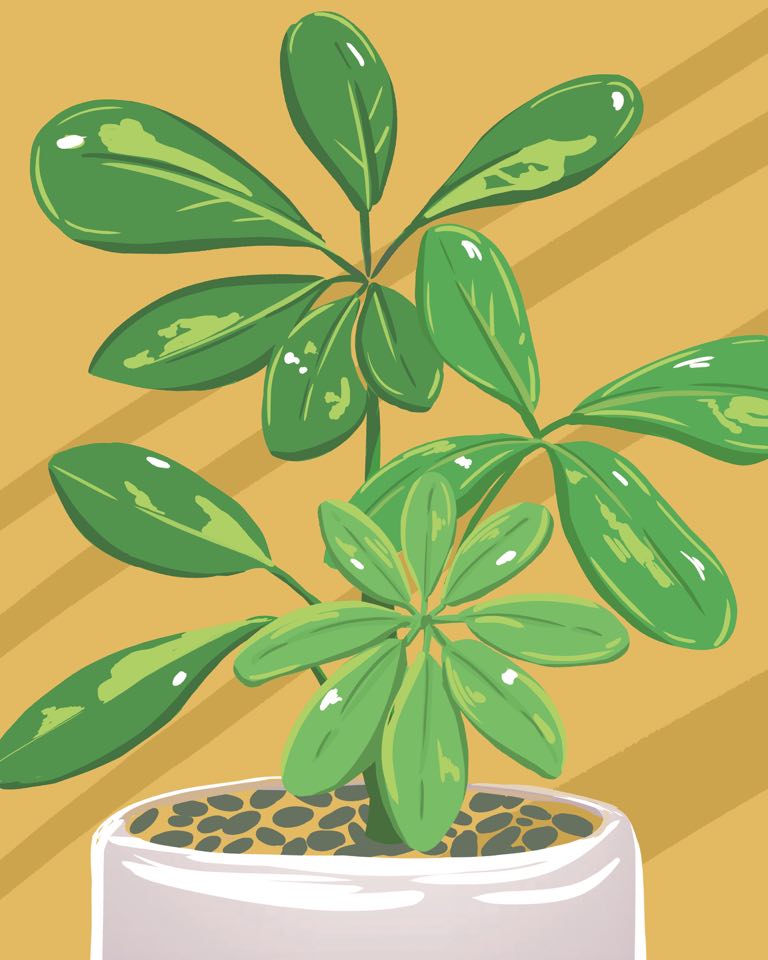
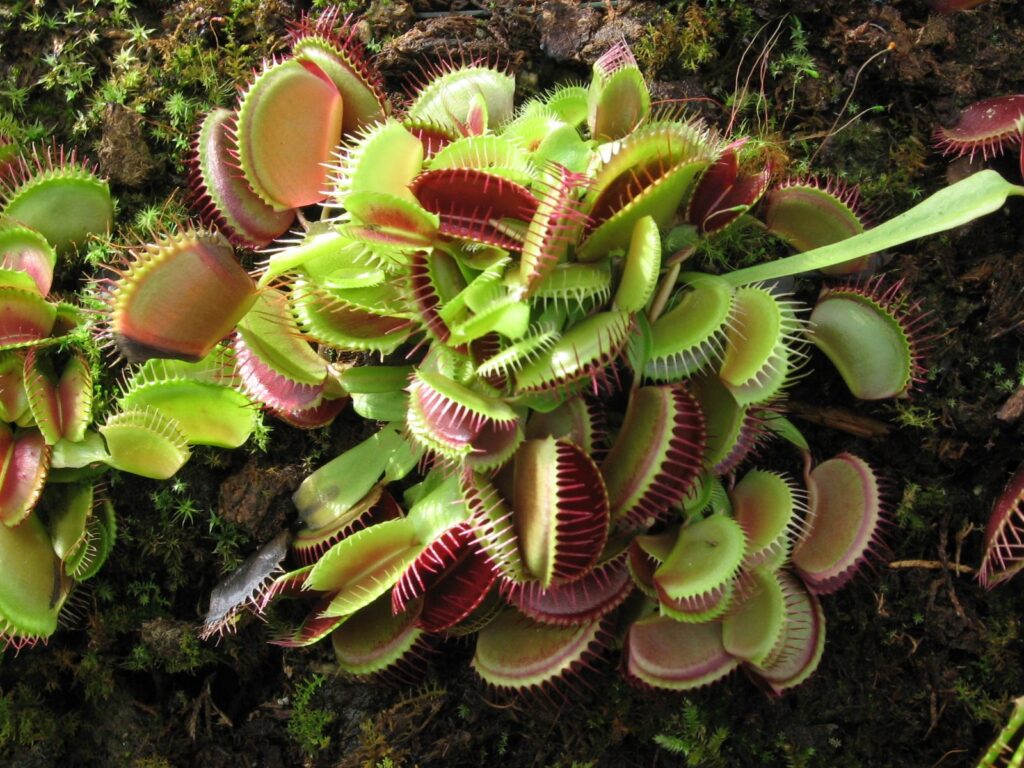
Leave a Reply